Did a doctor or dietitian tell you that you need to avoid gluten in your diet?
Did your friends pityingly tell you, “Good luck with your life”? Well, I’ve got your back!
I’ve been eating gluten-free (GF) for the past 10-12 years, and I’m proof that YOU can do it too. It just takes practice.
What is Gluten?
Gluten is a protein found in wheat, rye, barley, and some hybrid grains made from those. In case you aren’t aware, wheat flour (containing gluten) is in nearly everything with breading or thickening, like cookies, cakes, sandwich bread, pasta, breaded & fried foods, soups, and even in some French fries! Gluten isn’t bad, it is a protein in food that can be harmful to some people. Gluten is the protein that helps bread rise and gives shape and texture to muffins.
Foods to Choose
There are many options out there for the modern gluten-free diet. But here’s my best advice… are you ready?... You can eat gluten-free without buying any weird ingredients (well, maybe we’ll buy just one).
You can eat gluten-free by simply avoiding the grains that contain gluten. You’re right, it’s not super simple; I should give us all more credit.
If you look at the 5 food groups listed in the USDA Food Guide for Americans, there is one only that contains gluten: GRAINS. You can eat GF far simpler by focusing on what you CAN eat like fruit, vegetables, dairy, and meats or eggs, rather than what you CANNOT eat. Spaghetti can be made by roasting spaghetti squash and removing the insides with a fork to get naturally gluten-free “noodles”. You can enjoy a grilled pork tenderloin with a side of roasted Brussels sprouts and sweet potatoes, and you can even sauté a few mushrooms to top it off.
If grains or starchy foods are what you crave, choose some from this list:
- Rice (any kind except instant with seasoning)
- Polenta
- Quinoa
- Rolled Oats
- Buckwheat
- Potatoes
- Corn
- Butternut squash
- Beans
- Peas
- And more….
Rice is the easiest gluten-free grain. Yep, all rice is naturally gluten-free! I highly recommend brown rice steamed with a good chicken stock (my favorite is Kitchen Basics®). Just replace the water in the recipe for chicken stock. Brown rice is a flavorful whole grain, which provides more fiber and nutrients than refined white rice. You can do the same with quinoa.
What about Baking?
Baking GF takes a bit more determination. Stay with me! Two of the unique ingredients I always keep in my pantry are GF all-purpose flour (my favorite is King Arthur®) and xanthan gum. Xanthan gum is a polysaccharide that can act a little like gluten by providing some stability to gluten-free quick breads like muffins or cookies (add 1 tsp to the dry ingredients or check to see if your GF flour already contains it).
GF flour can also be used to thicken soups or sauces as much as it’s used for baking in my house.
When you bake gluten-free, the dough texture will be very different. Traditional bread dough gets soft as you knead it, but GF dough is a sticky paste. Wet your hands before you remove the dough from the mixing bowl to place it in the (thoroughly greased) baking dish. GF flour is far more starchy than traditional wheat flour and therefore holds and absorbs more water.
When you make a quick bread like GF blueberry muffins, don’t skip the step of letting the dough rest in the muffin pan for 10 minutes. That allows the wet ingredients to penetrate all of the flour, so you get a better end product. America’s Test Kitchen published the How Can It Be Gluten Free? Cookbook, and it’s a fantastic resource for baking. You can also check out social media for local GF baking groups.
Gluten-Free eating is a way of life for some of us, and maybe for you too. It’s not easy, but it gets easier with practice.



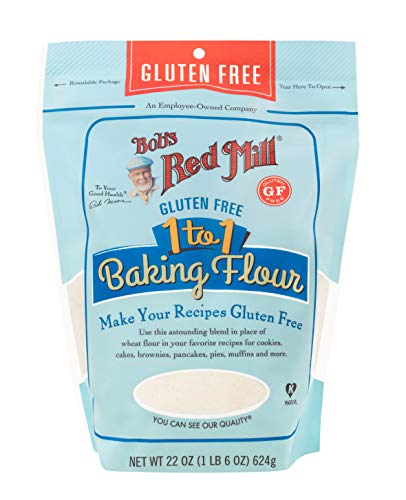
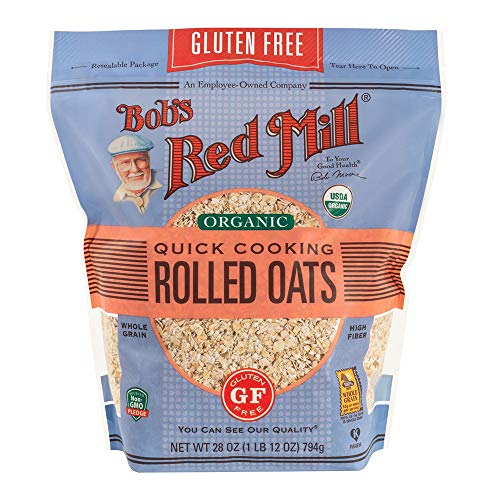
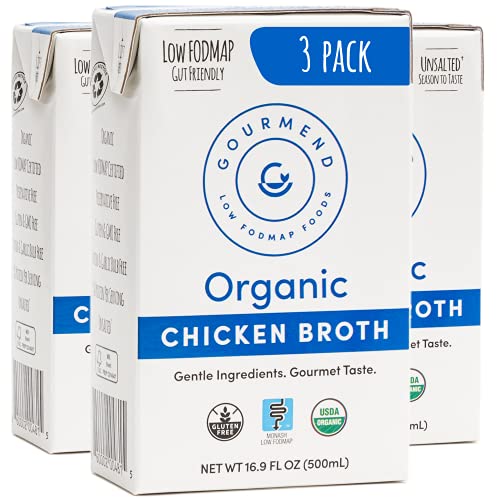

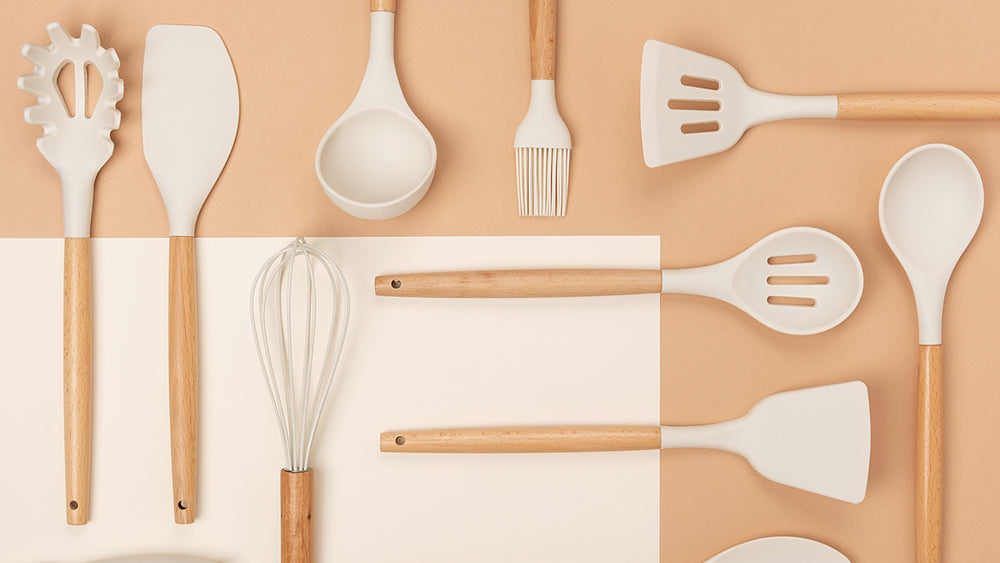


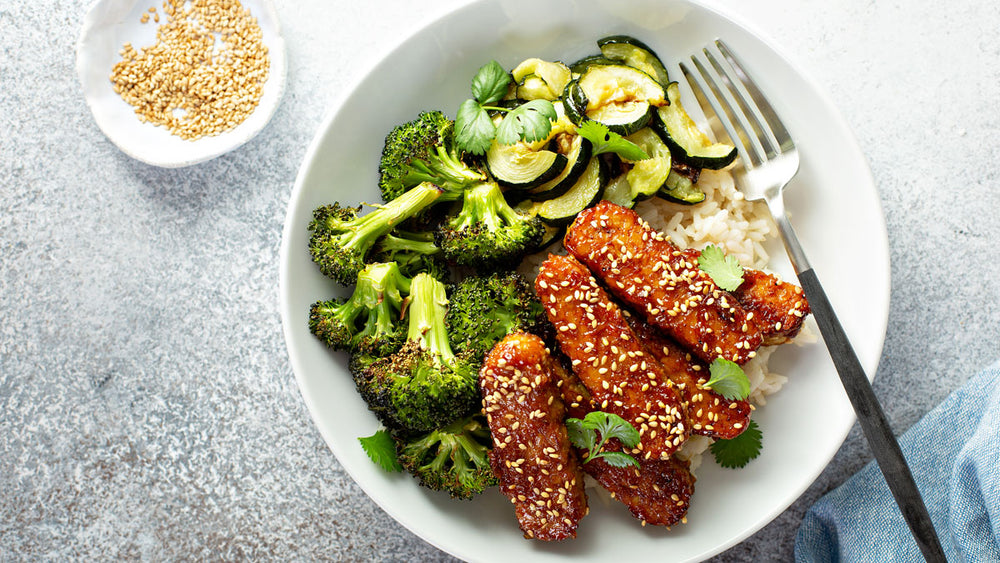











Comments
Join The Conversation...